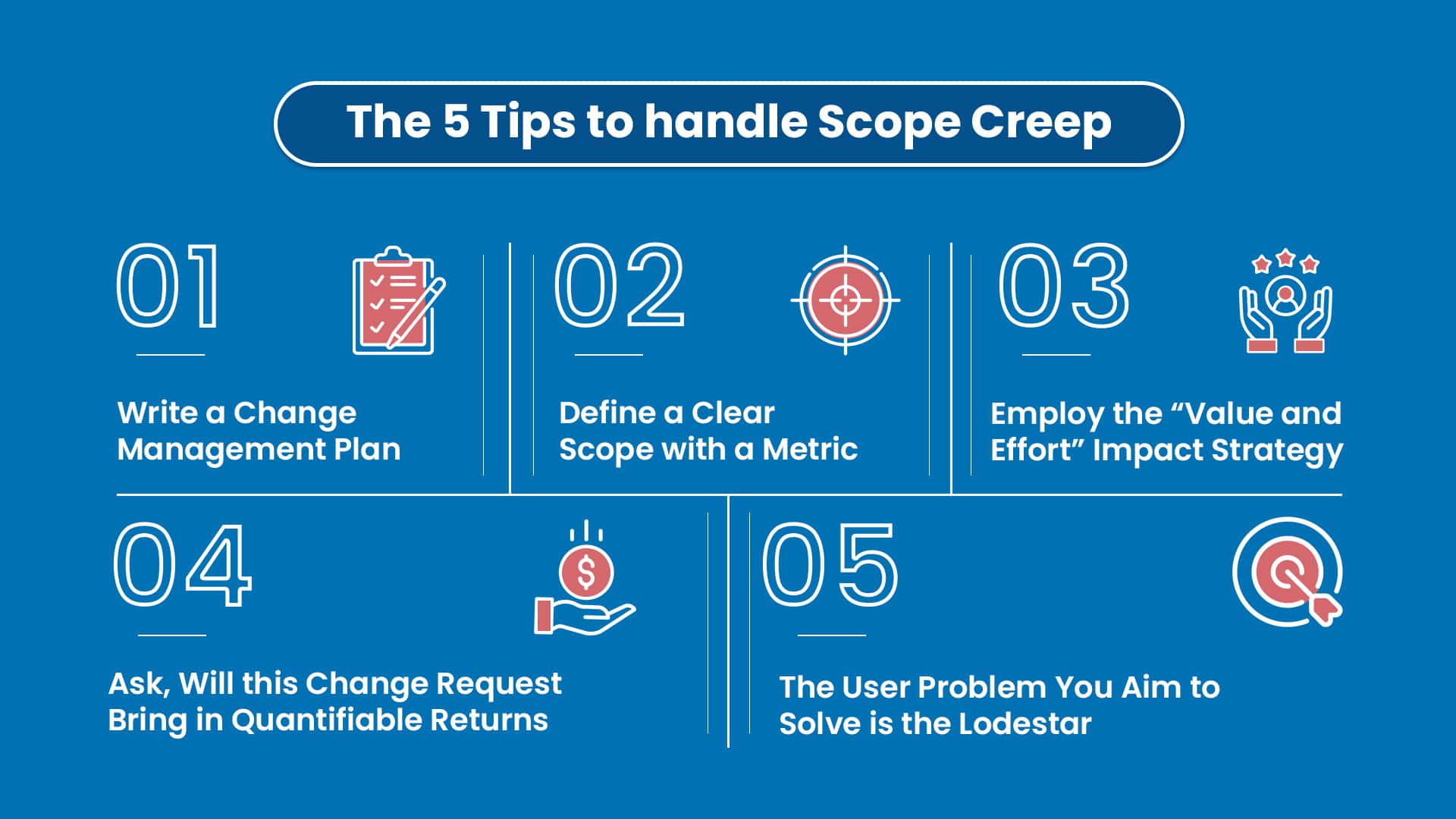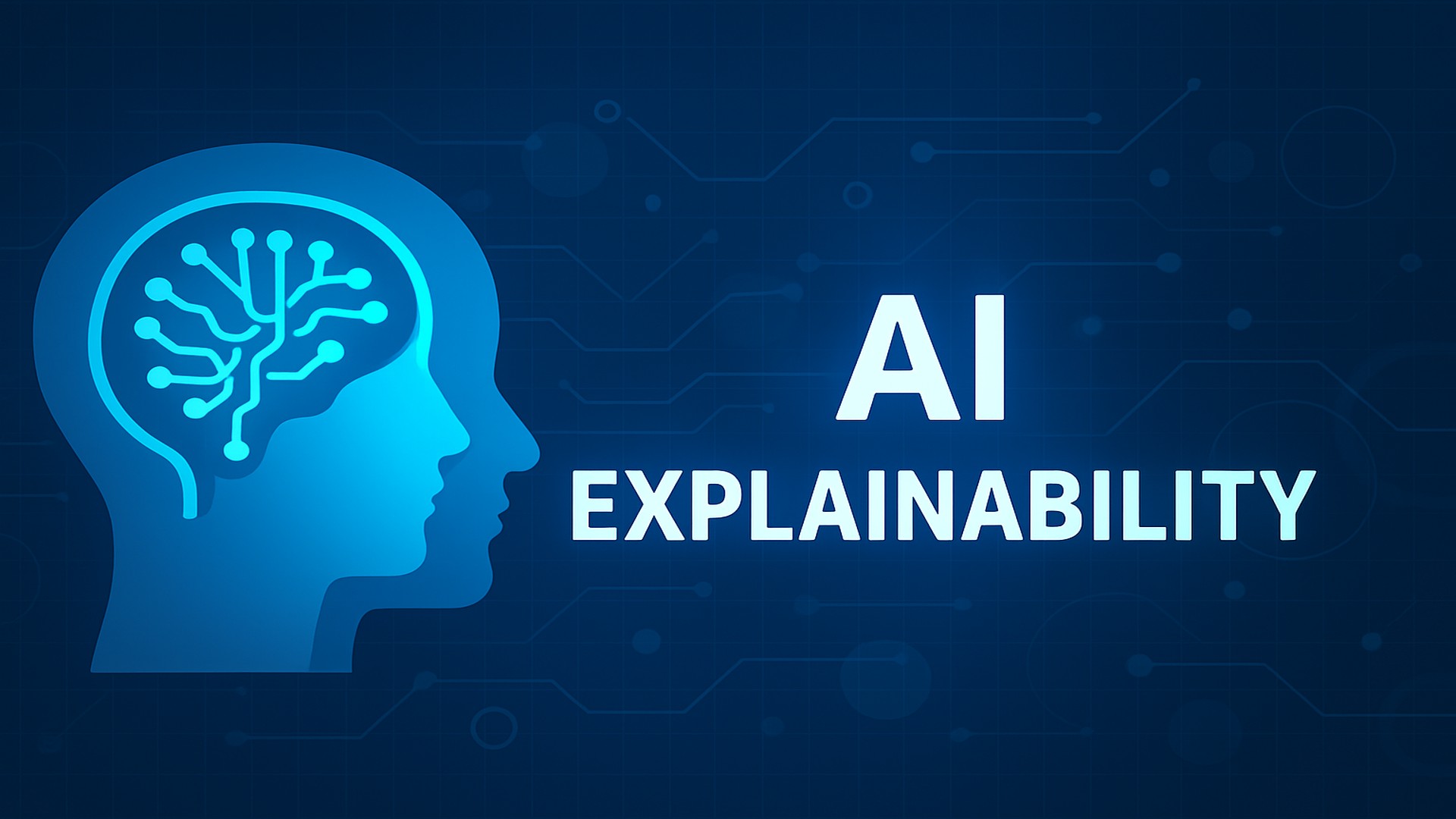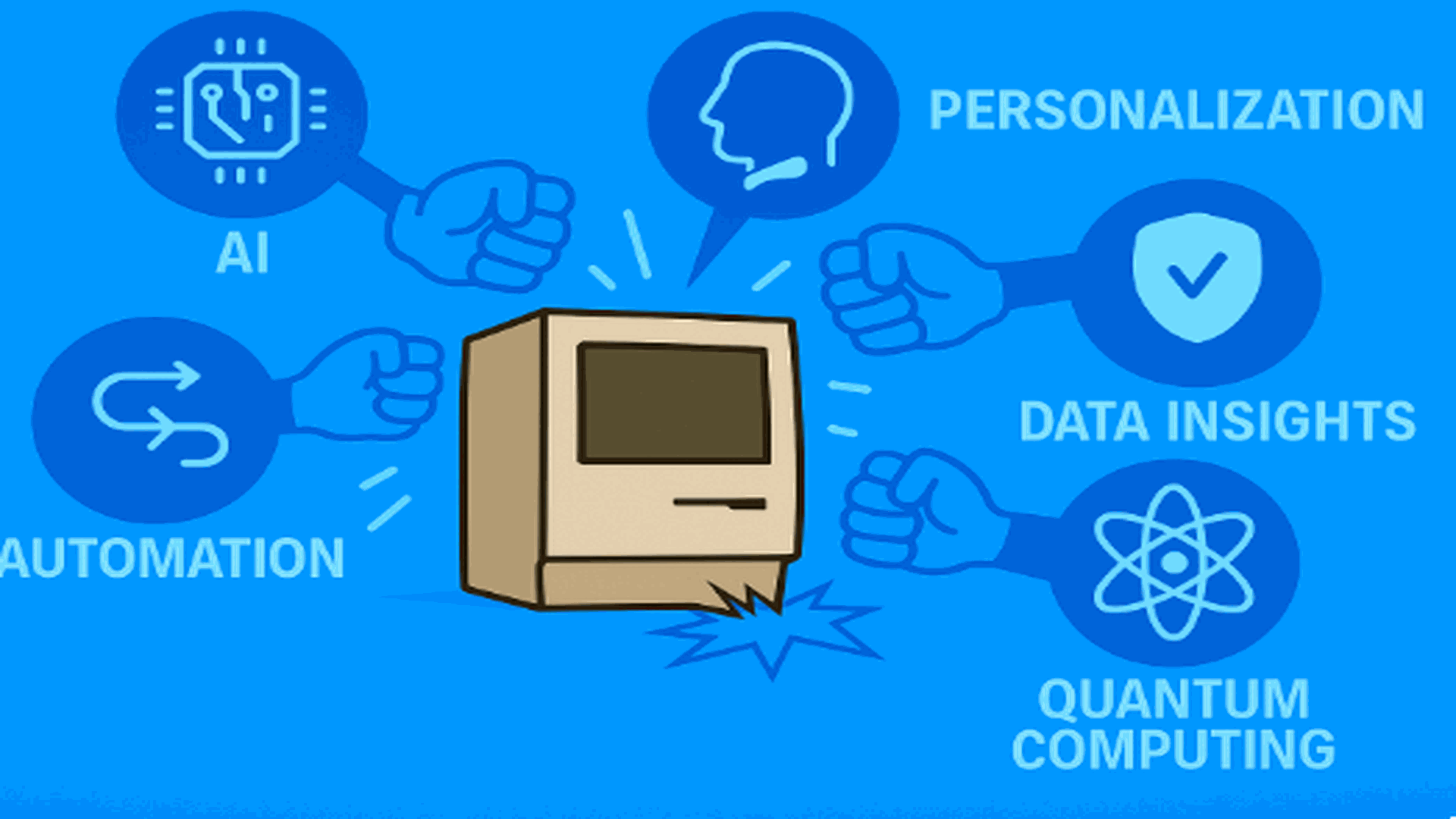Reining in Scope Creep in Insurance Software Implementation

Scope creep and runaway expectations can adversely affect even the best-planned insurance software implementation. To illustrate, imagine ordering an expensive birthday cake for your son's big celebration with his school pals. Initially, you requested a large chocolate cake with peanut butter frosting, for delivery in a week. However, as the date approaches, you realize a child has a peanut allergy, prompting a change to strawberry frosting. Your baker is accommodating but there is a change in pricing. Later, you alter the inscription from "Happy Birthday Mike" to "Happy 6th Birthday Mike." Despite being minor, this last-minute change frustrates the baker, resulting in a delayed delivery.
This is what scope creep can do to a million-dollar insurance software development project. While project scope creep is often discussed as a challenge for the software vendor or project team, the requests come from the stakeholders. Insurers often discover the need for extra features in their envisioned system. These requests could blow up the project's size, complexity, and timeline. Insurance stakeholders need to differentiate the must-haves from the nice-to-haves because their change requests should not break the bank or the clock.
What Causes Scope Creep?
Scope creep in insurance software implementation quietly emerges when the project's features expand beyond the initial agreement. The catch is, that while these changes unfold, the project schedule and budget remain fixed, not quite ready for the unexpected evolution.
Scope creep in insurance software development can arise from various factors, including:
-
Unclear Requirements: Incomplete or ambiguous project requirements can lead to misunderstandings, allowing new features or changes to be introduced later.
-
Changing Regulations: The insurance industry is subject to evolving regulations, and compliance requirements can change during the software development process, necessitating adjustments that may extend the scope.
-
Stakeholder Expectations: Shifting expectations from stakeholders who may not have a clear understanding of the project's initial scope can contribute to scope creep as new requests emerge.
-
Underestimation of Complexity: Underestimating the complexity of certain features or functionalities can result in additional work being identified as the project progresses, expanding the scope. This is a reason SimpleSolve as part of its implementation strategy has an in-depth discovery phase.
-
Inadequate Change Control: Poorly managed change control processes can contribute to project scope creep. Without proper controls in place, it becomes challenging to evaluate and approve changes systematically.
-
Ineffective Communication: Miscommunication between project stakeholders, including developers, project managers, and clients, can result in misunderstandings and uncontrolled changes to the project scope.
-
External Influences: External factors such as market trends, competitive pressures, or shifts in customer preferences can introduce new requirements, impacting the project scope.
Preventing Project Scope Creep from Derailing Deliverables
Change during software implementation is unavoidable. Fresh insights and additional details frequently surface that were absent during the project's initial planning, and they can wield significant influence. However, it's crucial to manage scope creep effectively to prevent any adverse impact on the project's long-term outcome.

1. Write a Change Management Plan: This is a vital part of the project scope even before it gets to development. It becomes the guiding light for managing scope changes effectively. This document outlines steps for identifying and handling change requests. It covers:
-
Submission procedures,
-
Tools for managing the process
-
Authorized personnel to be in the change management team
-
The evaluation criteria
-
The final authority on the approval/denial processes
-
Associated fees
-
And submission deadlines (that could affect original deadlines).
2. Define a Clear Scope with a Metric: Establishing a clear scope with a metric, like "return on investment," is crucial not only in evaluating the success of the project as a whole but also in managing scope creep. The client must use a cost-benefit analysis to evaluate proposed changes. If this analysis has a positive impact on this metric it should be forwarded to the deciding stakeholder’s approval. This structured change management process helps maintain alignment with the original objectives.
3. Employ the 'Value and Effort' Impact Strategy: To proactively prevent scope creep, adopt the "value and effort" impact strategy. Prioritize proposed changes based on their value and effort, giving precedence to high-value, low-effort changes and deprioritizing low-value, high-effort changes. This approach ensures a focused and effective execution of tech product objectives.
4. The User Problem You Aim to Solve Must be the Lodestar: Keeping a user-centric approach will make it easier to guide your decision-making. Depending on the feature it might be insurance policyholders or your employees who are the “user”. This focused approach streamlines the evaluation of ideas, enabling you to discern between solutions essential for problem-solving and those that, while intriguing, may not be necessary.
5. Will this Change Request Bring in Quantifiable Returns: When insurance stakeholders discuss requests for additional features, fall back on the tried and tested approach: If we implement this feature what will be the quantifiable return for the business? For instance, if someone suggests a new functionality in the policy management software, ask "How do you anticipate this will enhance the efficiency of policy processing?" If the response lacks clarity or the expected impact is deemed insignificant, exercise caution before proceeding with the proposed change.
Navigate Success with SimpleSolve’s Proven Implementation Methodology
Partnership, Expertise, Accountability, Results (PEAR) SimpleSolve’s Software Delivery Methodology
SimpleSolve's commitment to your carrier's triumph is encapsulated in the PEAR Software Delivery Methodology, a comprehensive approach designed to not only provide solutions but also mitigate scope creep.
With decades of insurance expertise, our firm comprehends the essential DNA of insurers. Case in point, this insight proved invaluable during the pandemic when, as a full-service provider, we successfully migrated a client to our SimpleINSPIRE platform, in just 14 months from contract signing, we seamlessly transferred 9 years of legacy data.
Read more about what our clients say about the SimpleINSPIRE insurance platform.
Contact us for a demo, and discover how our platform is powering insurance carriers to achieve digital readiness in the fastest way possible.
Topics: Legacy System Modernization







